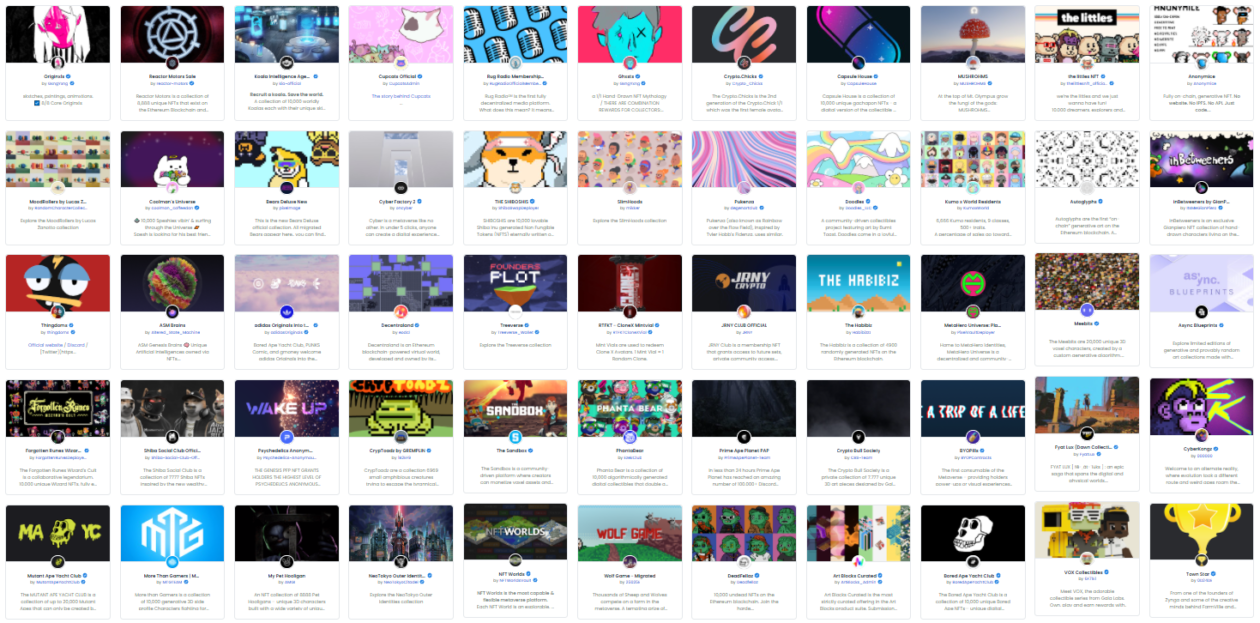It has been a sluggish start to 2022 with market leaders Bitcoin and Ethereum trading sideways over the past week after both fell roughly 3% while the world brought in the new year. Ethereum has outperformed Bitcoin from that low point on Jan. 1, however, regaining roughly 4% on that price point to be trading at US$3,807 at press time. Bitcoin, meanwhile, has only recovered less than 1% over that same time and was trading at US$46,311 at press time, according to CoinMarketCap.
One expert told Forkast.News this lateral price action is largely due to market expectations the U.S. Federal Reserve will raise interest rates and tighten market liquidity in coming months.
“Many experts expect the Fed to raise interest rates as many as three times this year,” said Jeff Mei, director of global strategy at Huobi, who did admit the last Fed hike did not actually eventuate. “If the pace of rate hikes ends up being slower than market expectations, we may see a surge in crypto market prices.”
Meanwhile, the non-fungible token (NFT) marketplace has been anything but sluggish this year, as trading volumes on Yuga Labs’ Bored Ape Yacht Club and Mutant Ape Yacht Club earned more than US$180 million in sales over the past seven days between them. Relative newcomer Doodles is also making a splash with almost US$15 million in trading volume in the past 24 hours alone — more than 8% of its all-time total — according to data aggregator CryptoSlam.
Leading NFT marketplace OpenSea has transacted more than US$170 million on its platform in the last 24 hours alone, according to data aggregator DappRadar.
Despite the recent surge in sales, one industry watcher told Forkast.News he wasn’t surprised to see the peak in interest in the new year. “There’s been a lot of new entrants into the space and the first thing [that interests them] with an NFT is identity,” said Yohann Calpu, chief blockchain officer at CryptoSlam.io, in an interview with Forkast.News. “Bored Ape being one of the top projects in the space; it has a great community [and] I think people just instantaneously are attracted to that — it’s a winning combination.”
Calpu also attributes the peak in interest to the growing number of use cases for NFTs. While the market initially grew around the aesthetic qualities of the art — especially as a use for profile pictures — as the market matures, buyers are looking to the growing utility of tokens such as NFTs. The metaverse has exploded in popular interest in recent months, and NFTs have proven to have a strong use case as digital wearables or collector’s items and as well as facilitating greater audience engagement.
NFT projects that will do best in 2022, Calpu says, will be ones that will combine this metaverse and Web 3.0 utility with the existing speculative interest in the technology, as well as the identity forming around these communities.
“Projects that can bring all three and including great art is something that is really attractive for the new user coming in and the people that are willing to drop big money on these projects,” Calpu said.
And what a year it could be for the industry as global sales volume is on pace to reach almost US$12 billion in Q1 2022, according to data from CryptoSlam. This would represent more than a 50% increase in volume from the final quarter last year — a figure which itself was a tenfold increase from the beginning of the year.
With such a massive increase in sales figures in such a short amount of time, it begs the question: Is this the early stage of a bubble?
“I am concerned about that,” Calpu acknowledged. “However, I also contrast that with knowing that we’re still early in terms of adoption. Look at the bell curve; we’re still in the innovator phase from a technology point of view. We’ve only had one year of this and we’re seeing [the number of] unique buyers explode.”
As of Jan. 4, there were already more than 160,000 unique NFT buyers across the market, more than 20% of December’s figures — just in the first four days. On top of this, big-name brands such as Nike, Adidas and Gucci as well as celebrities such as Snoop Dogg are continuing to launch their own NFTs as ways to connect with audiences and communities — and as pathways into the metaverse.
“That signals a trend that maybe they are early adopters when it comes to mass market,” Calpu said. “So, who’s going to follow along with them? We could be at a bubble, but it could be a bubble for the early adopters which are here, but not necessarily for the rest of the people that come in.”
There are signs the NFT market is growing beyond the crypto world as well. As Forkast.News reported recently, CryptoPunk #8690 recently sold at an auction in Shanghai for 5,232,500 yuan (US$823,300). The sale was notable not just for its significant price tag — despite the ongoing crackdown on cryptocurrency and digital asset trading in China — but also that the sale was completed in RMB, rather than Ether, the native currency of the Ethereum blockchain that the CryptoPunk series is minted on.
For Calpu, this represents not only a potential decoupling of NFTs from the broader crypto environment, but a sign that NFTs are beginning to be regarded as digital assets in their own right, where there is even growing investor interest to hold them as part of a diverse portfolio — or even more. Through fractionalizing the ownership of certain NFTs, the possibilities for investment in the asset class, as well as further use cases, are growing.
“In and of itself, the CryptoPunk is an asset class and could be designated as potentially a currency as well,” Calpu said. “So, anything trading against that, it could either go up or down depending on which currency is stronger.”





